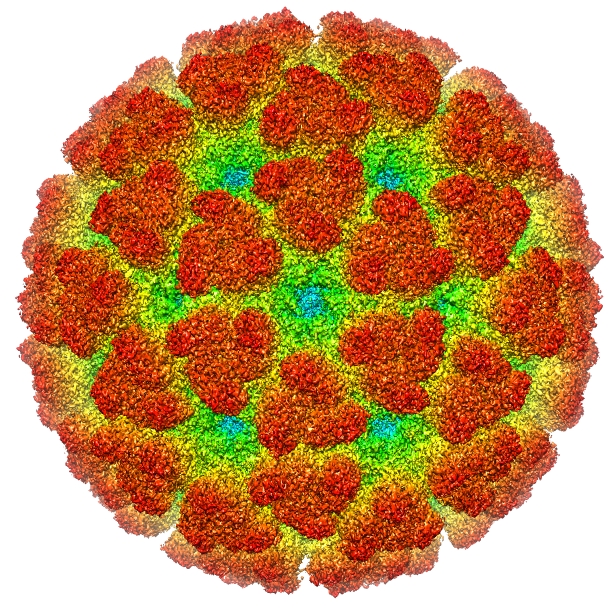Understanding the Chikungunya Virus and Its Global Impact

Introduction
The chikungunya virus, a mosquito-borne illness, has garnered global attention due to its increasing prevalence and significant health implications. First identified in the 1950s in Africa, this virus has become a subject of concern, particularly in tropical and subtropical regions. Understanding its transmission, symptoms, and recent incidents is crucial for public health efforts and personal safety.
What is Chikungunya?
The chikungunya virus is primarily spread through the bite of infected Aedes mosquitoes, particularly Aedes aegypti and Aedes albopictus. The illness is characterized by sudden onset fever, intense joint pains, muscle aches, and rash, often leading to significant discomfort and, in some cases, prolonged disability. Unlike many viruses, chikungunya rarely leads to fatalities, but the debilitating joint pain can last for weeks to years.
Recent Outbreaks and Reports
As of late 2023, public health authorities have reported increased cases of chikungunya in various regions across the globe. Notably, the Caribbean and parts of South America have faced significant outbreaks, prompting healthcare providers to be vigilant. The World Health Organization (WHO) has confirmed thousands of cases this year alone, with warnings of potential spread during the upcoming mosquito season. In several countries, governments have responded by enhancing vector control measures and raising public awareness about the disease.
Prevention and Control Measures
Preventing chikungunya involves reducing mosquito populations and minimizing exposure to bites. Key measures include:
- Eliminating standing water where mosquitoes breed.
- Using mosquito repellent with DEET or picaridin.
- Wearing long-sleeved clothing and using insecticide-treated nets.
Public education campaigns have been essential in regions experiencing outbreaks, informing communities about symptoms, transmission, and prevention strategies.
Conclusion
The chikungunya virus continues to pose a significant health challenge globally. With climate change potentially expanding mosquito habitats, the risk of transmission may increase, necessitating vigilant public health measures. Continued research and community engagement are vital to control outbreaks and protect populations. Understanding the chikungunya virus not only informs individuals about their health but also emphasizes the importance of collective efforts in combating mosquito-borne diseases. With sustained awareness and preventive actions, it is possible to mitigate the impact of chikungunya on affected communities.








